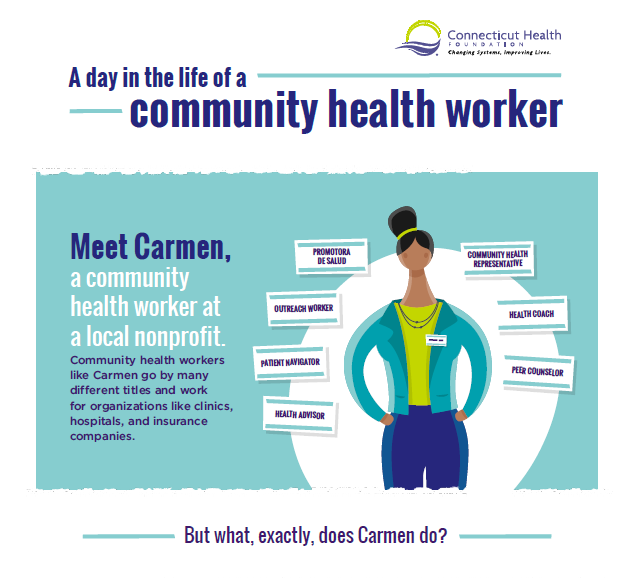Supporting Regional Medical Care With Partnerships Within The Neighborhood And The Usage Of Sources Presents A Revolutionary Technique To Medical Care Distribution

Web Content Develop By-Bryant Vognsen
When it involves enhancing medical care services in your area, taking advantage of neighborhood sources and assistance is crucial. Envision a network of interconnected organizations and groups working together to improve healthcare accessibility and quality in your area. From health and wellness departments supplying important information to non-profits offering specialized solutions, each entity contributes to a healthier community. However exactly how exactly do these cooperations unravel, and what approaches verify most effective in leveraging these sources for ideal effect? Allow's discover the intricate web of area support and its profound implications on medical care solutions.
Value of Neighborhood Engagement
Involving with the community is important for cultivating a feeling of collaboration and trust fund within local medical care solutions. By proactively involving community members in decision-making procedures, doctor can better recognize the special demands and obstacles faced by the populace they offer. When health care services are established in assessment with the area, they're more probable to be efficient and favored.
Neighborhood involvement likewise plays an important role in promoting health and wellness education and preventative care efforts. By building strong connections with neighborhood citizens, healthcare providers can better communicate crucial wellness details and motivate healthy and balanced habits within the community. This aggressive strategy assists stop ailments and promotes total wellness amongst neighborhood participants.
Moreover, community involvement cultivates a sense of ownership and responsibility amongst healthcare providers. When https://www.mckinsey.com/industries/healthcare/our-insights/finding-the-future-of-care-provision-the-role-of-smart-hospitals is involved in forming healthcare solutions, suppliers are more likely to be receptive to the needs and choices of the population they serve. This collective strategy ultimately causes more patient-centered care and improved health end results for the area as a whole.
Secret Community Resources
To efficiently enhance health care solutions in your area, identifying and leveraging key neighborhood sources is necessary. These resources can include local wellness departments, community university hospital, charitable companies, and volunteer groups. Local health departments often supply valuable information, experience, and support for public health initiatives.
Community university hospital supply important clinical solutions to underserved populations, adding to total neighborhood wellness. Charitable companies play an important role in attending to certain health needs, such as mental wellness assistance or chronic condition management. https://anotepad.com/notes/bf59gfpc can offer added manpower and support for health-related occasions or programs.
Schools and colleges are also substantial neighborhood sources that can supply wellness education and learning programs, research partnerships, and access to trainee volunteers. Faith-based companies may offer spiritual and emotional support, along with sources for area members in need. By collaborating with these key neighborhood sources, primary care suppliers can enhance access to care, deal with wellness disparities, and boost overall community wellness.
Techniques for Cooperation
Take into consideration leveraging existing relationships and networks within the community to establish efficient approaches for cooperation. By using well established connections, you can enhance communication and coordination in between different companies and individuals.
Begin by determining essential stakeholders that share a common interest in boosting health care solutions in your area. Engage with these stakeholders to produce a shared vision and set clear goals for partnership.
Create a communication plan that lays out exactly how information will be shared, conferences set up, and progression tracked. Use technology such as common on the internet systems or team messaging apps to facilitate very easy communication.
Consistently examine the performance of your collaboration techniques and be open to making adjustments as required.
Establishing formal contracts or Memorandums of Recognizing (MOUs) with partner companies can help make clear duties, duties, and expectations. These arrangements can also resolve potential obstacles ahead of time, making sure a smoother cooperation process.
Conclusion
To conclude, neighborhood sources and assistance are crucial for boosting medical care services locally.
By involving with essential stakeholders and teaming up with various companies, primary care carriers can much better satisfy the demands of underserved populaces and promote community wellness.
By interacting, we can make sure that every person has accessibility to high quality health care and support services within their local community.

